Working with After Effects can sometimes seem like a creative chaos, especially when it comes to file management. It often happens that you work with countless source files from different folders – whether from sound libraries, image archives, or other projects. To ensure that you can easily transfer, archive, or render your work on another computer, you need to make sure that all referenced files are included with your After Effects project file. Fortunately, After Effects offers a simple and efficient solution to achieve exactly that. In this guide, you will learn step by step how to collect files and tidy up your project.
Key Insights
- After Effects does not automatically save source files in the project file.
- With the "Collect Files" function, you can organize all used files in one place.
- A clear folder structure is created to help you keep track.
- You can transfer the project from one computer to another without losing important files.
Step-by-step Guide
To collect the files for your After Effects project, follow these simple steps:
Step 1: Save Project
Before you start collecting the files, make sure you have saved your project. This ensures that all current changes are taken into account. In the “File” menu, you will find the “Save” option.
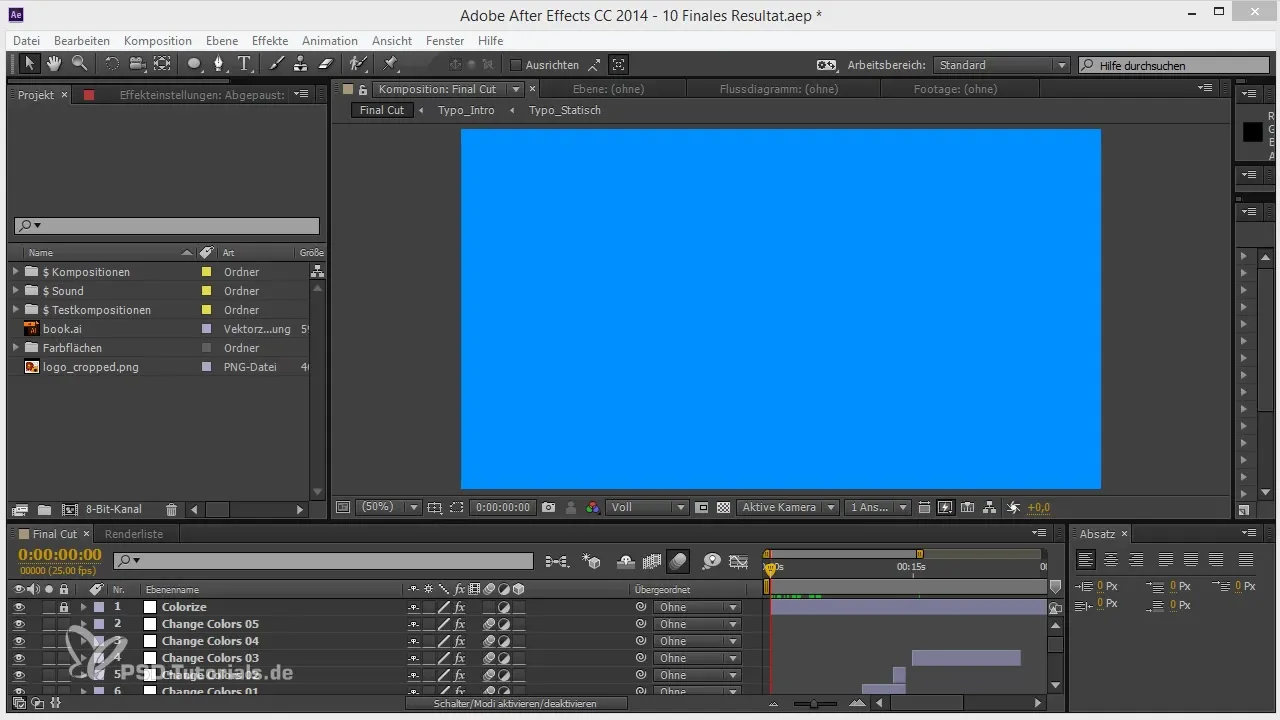
Step 2: Open File Menu
Navigate to the “File” option in the top menu and select it. Through the dropdown menu, you can access the dependencies, where the “Collect Files” function is located.
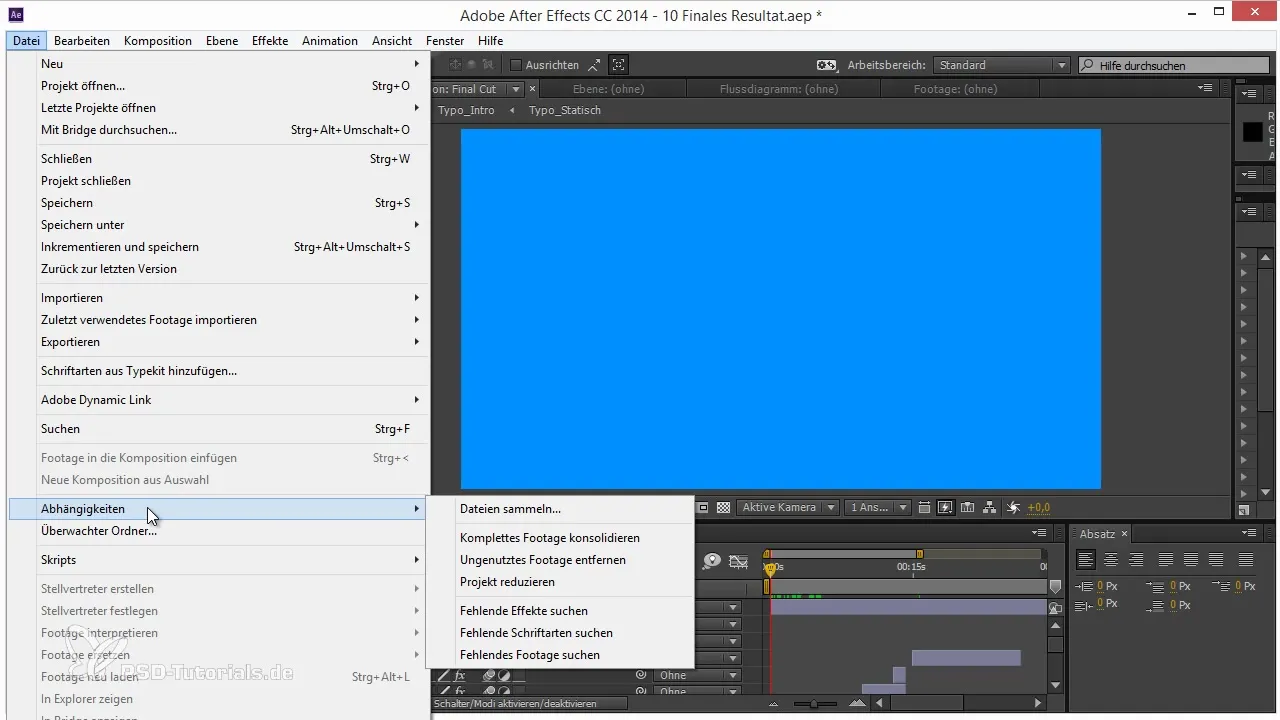
Step 3: Collect Files
Select “Collect Files” in the submenu. A dialog box will open, offering you various options to collect the source files for your project. You can decide whether you want to collect the files for all compositions or just for the selected composition.
Step 4: Choose Destination Folder
You can now select a destination folder where all collected files will be saved. This makes it easier to locate the files and ensures a clear folder structure.
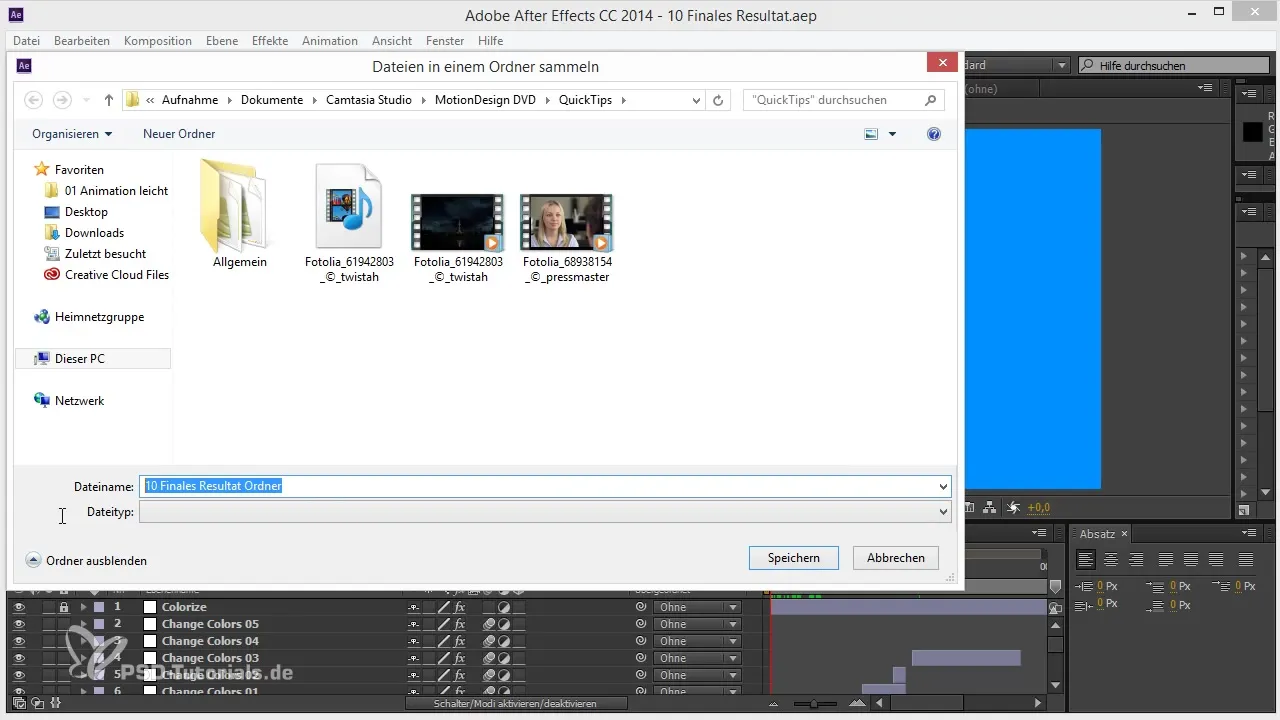
Step 5: Review and Confirm
Before you complete the collection process, review the settings. Here you can also decide whether you want to generate a report that provides you with information about used effects and plugins. This is especially useful if you would need the same effects on another computer.
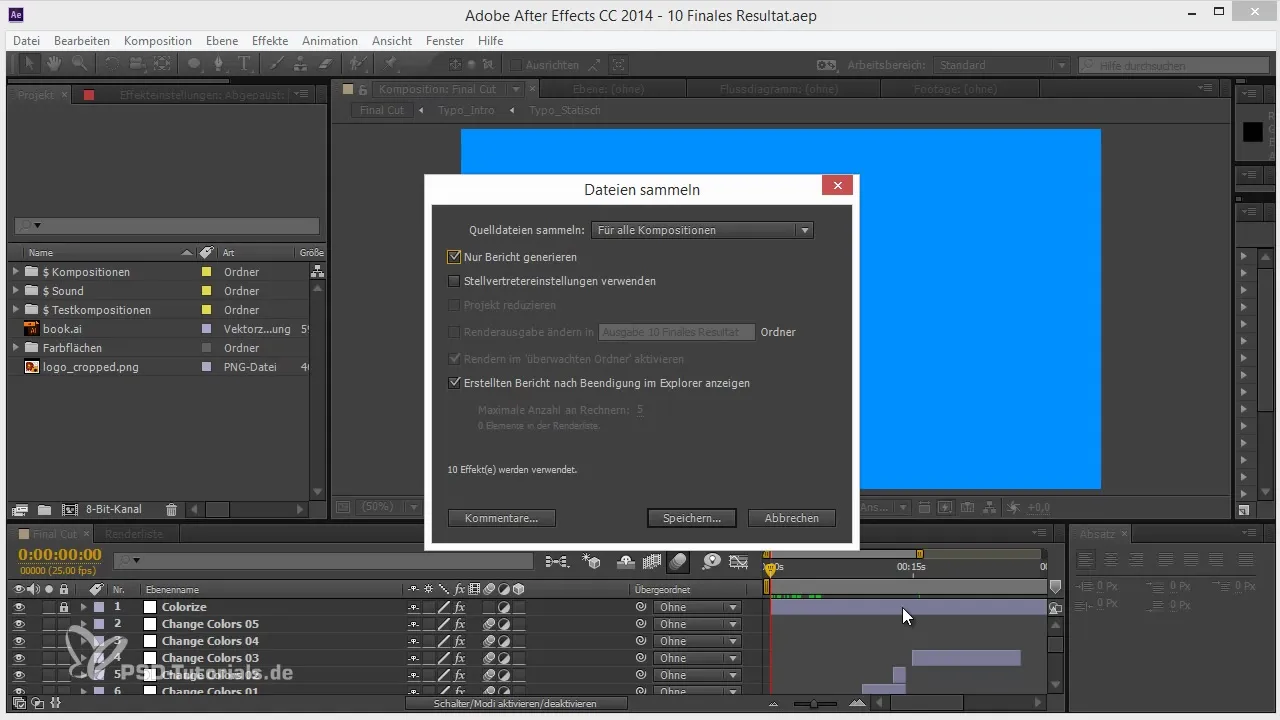
Step 6: Organized Folder Structure
After completing the collection process, you will find a clear folder structure in the chosen destination folder. Your After Effects file will be stored in the main folder, while the source files will be organized in the corresponding subfolders such as “Footage,” “Sound,” or “Illustrations.” This helps you keep track and manage your project more efficiently.
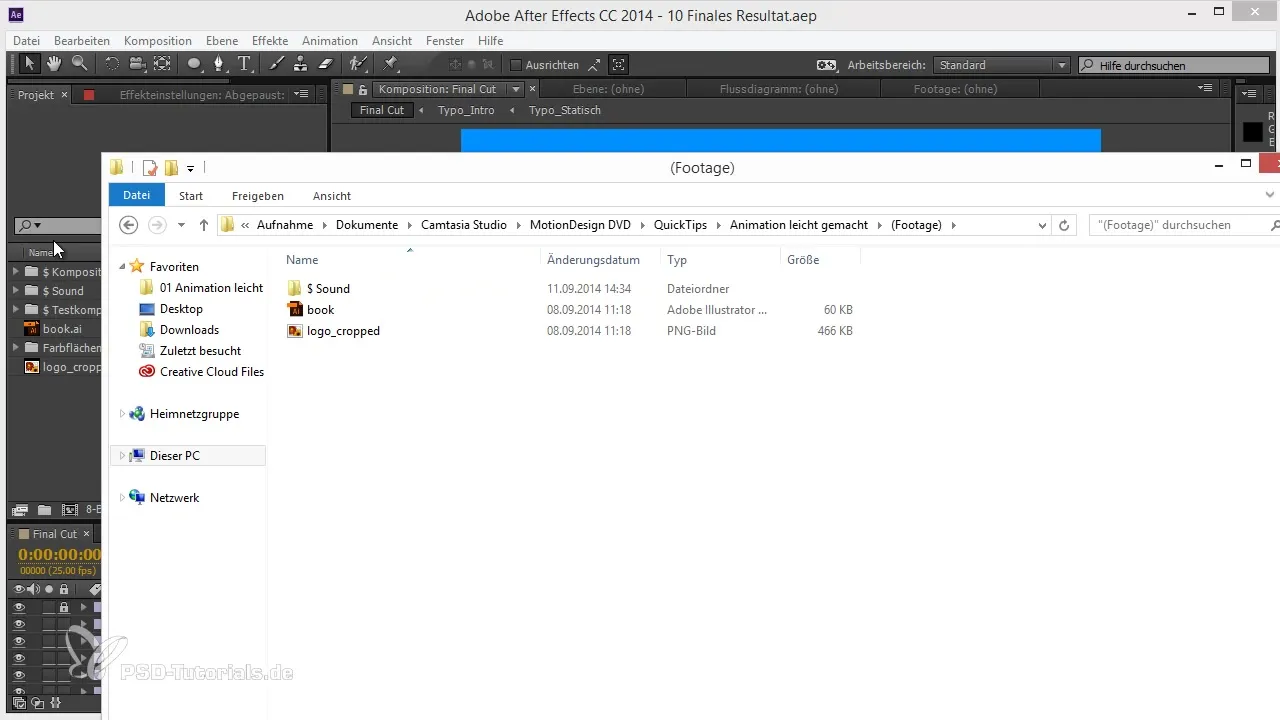
Step 7: Transfer Project to Another Computer
Now you can transfer the entire destination folder to another computer. Whether you want to render or continue working, all necessary files are included, and you won't receive error messages about missing elements.
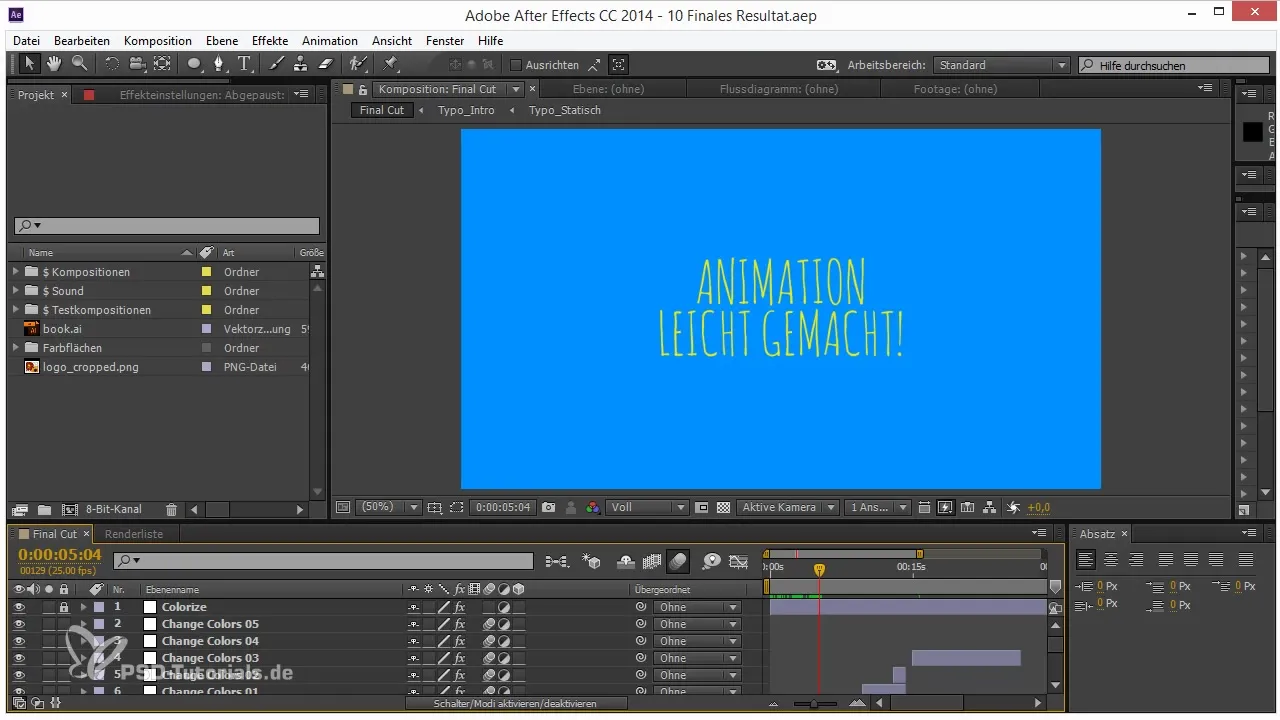
Summary - Effective File Management in After Effects: Collect Files
The “Collect Files” function in After Effects is a great tool to optimize your project file management. By collecting all used files in a clear folder structure, you can smoothly transfer your projects from one computer to another or simply tidy up.
Frequently Asked Questions
How can I ensure that all files are collected?For this, you should select the option “All Compositions” when collecting the files.
Where can I find the collected files?The collected files are located in the destination folder you selected during the collection process.
What if I can't find a file?Make sure you have correctly transferred the collected files. Check the folder structure to ensure everything is in its place.
Why is collecting files so important?It prevents you from encountering missing files when opening a project, saving time and frustration.


